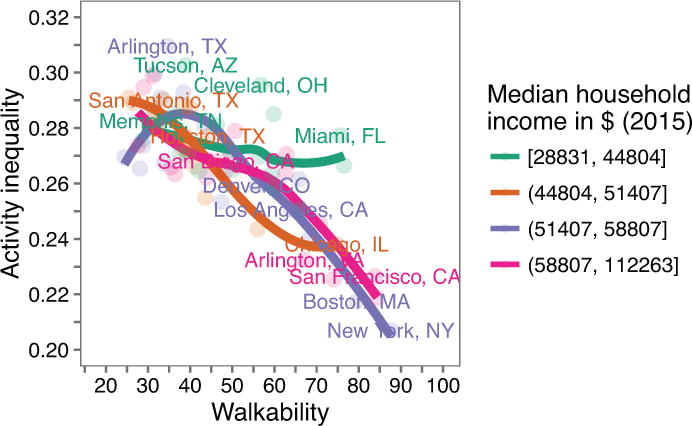Extended Data Figure 9. Relationship between walkability and activity inequality holds within US cities of similar income.

Walkable environments are associated with lower levels of activity inequality within socioeconomically similar groups of cities. We group the 69 cities into quartiles based on median household income (data from the 2015 American Community Survey45). We find that walkable environments are associated with lower levels of activity inequality for all four groups. The effect appears attenuated for cities in the lowest median household income quartile. These results suggest that our main result—activity inequality predicts obesity and is mediated by factors of the physical environment—is independent of any potential socioeconomic bias in our sample.
